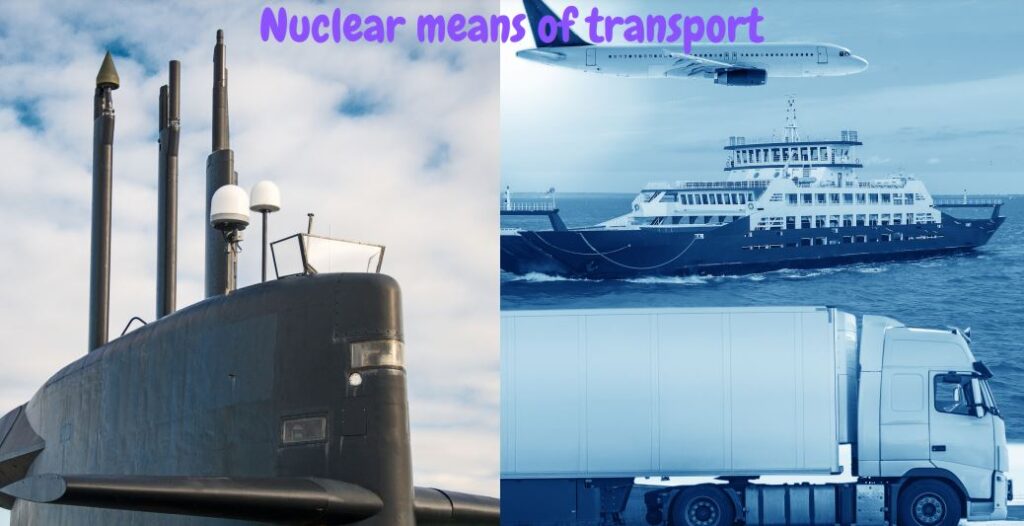The power of our feet is enough to move us around our house. The use of energy from oil or gasoline is enough to take us through the country by cars, buses and planes. But what about nuclear energy?
Coal had its own era as the “King” of the railroad, and electricity changed the world all at once.
However, when whole “mountains” have to move, only one energy can do the job. The basic principle of the universal energy that man has conquered and can now use. Atomic energy!
Nuclear energy is far superior to coal, oil and gas. Nuclear energy is cleaner than mineral energy, causes fewer deaths, has higher power and energy density. A single fuel rod lasts so long that it will probably never need refuelling.
In the case of a nuclear car, we can probably travel hundreds of thousands of miles before we need to refuel. A commercial aircraft could fly from London to Sydney without refuelling.
Transport examples in history
The SNAP (Systems Nuclear Auxiliary Power Program) 10A was the first – and only – US nuclear reactor ever launched into orbit around the Earth. It was launched on April 3, 1965 and aimed to power the huge satellites of the time for at least a year. Forty-three days after the start of its operation, however, it had a problem and was useless. In fact, the remnants of the SNAP nuclear power plant are still up there, orbiting our planet, and will continue to do so for some 4,000 years.
Lenin was the first nuclear icebreaker in the world and at the same time the first surface nuclear ship in history. It was launched in 1957 with 3 nuclear reactors in its “belly”. However in 1970 all 3 had been replaced due to multiple malfunctions. Today it is decommissioned in Murmansk and functions as a museum.

Nuclear “beasts” could not be missing underwater! The long-decommissioned USS Nautilus was the first ship to carry nuclear energy to the depths of the oceans in 1954. It sunk for much longer than any diesel submarine of its time. In fact, as proof of its amazing abilities, it was the first submarine in history to cross the icy North Pole “hat” without having to emerge even once.
What about cars?
The 1958 Ford Nucleon prototype – the closest we’ve ever come to a nuclear car. Yes, this is the car that inspired nuclear cars.
To date, the closest we have ever come to a nuclear car is the Ford Nucleon. A prototype of 1958 scale model that would use a nuclear reactor in combination with an engine steam (such as nuclear submarines or icebreakers). At that time, there was no nuclear reactor small enough to be compressed in a car. So it was just an idea that could not be created.
Nuclear power is not without its problems. There have been attempts in the past to build nuclear cars, planes and ships.
Disadvantages of nuclear energy means of transport
The main problem is radiation. Poor shielding could lead to a messy end for the occupants of a nuclear vehicle. Any kind of containment leak would be bad news for the environment. In general, the problem with fairly good Armor is that it tends to be heavy. Planes and cars are not fans of extra weight.
The heavy shielding requirement, as well as the development of ICBM thermonuclear and nuclear submarines in the 1960s, meant that these nuclear aircraft never took off.
In this case we may see in the near future that the disadvantages of nuclear energy are solved and reduced to a satisfactory degree with the help of technology.



